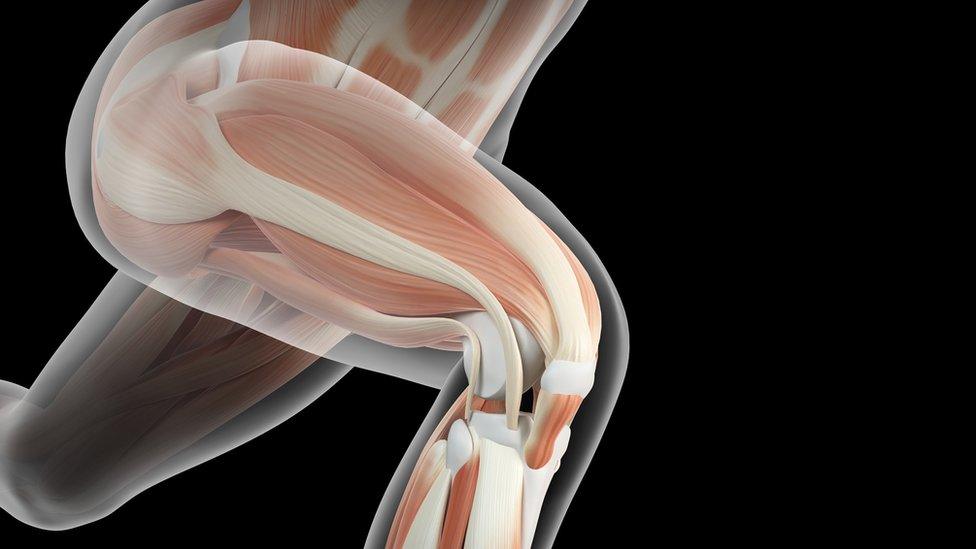By Dr. Styliani Spyridi, Consultant Psychiatrist Introduction In the field of psychiatry, we increasingly recognize…

Title: How Our Brain Handles Multitasking: Insights You Can Use to Improve Your Productivity
In today’s fast-paced world, multitasking has become a crucial skill for managing daily life. From answering emails while attending a meeting to juggling family responsibilities and work tasks, we often find ourselves balancing multiple demands at once. But have you ever wondered how the brain handles all of this? Is multitasking truly possible, or does our brain struggle to keep up with these simultaneous tasks? Recent research in neuroscience has uncovered fascinating insights into how the brain manages multitasking, and understanding these processes can help us improve how we work, focus, and manage our time.
What Happens in the Brain When We Multitask?
Our brain is a highly complex organ, with specialized regions that work together to help us perform various tasks. One of the key areas involved in multitasking is the Dorsolateral Prefrontal Cortex (DLPFC), which helps us plan, make decisions, and switch between tasks. Think of it as the brain’s “manager”—it directs our attention and keeps things organized. Research has shown that people with more developed DLPFCs tend to handle multitasking better because this area of the brain helps them quickly adapt to new tasks or challenges.
Another crucial brain structure is the Putamen, which works with other brain areas to coordinate tasks. The Putamen helps the brain smoothly transition from one task to another, ensuring that our actions remain efficient even when switching between different activities. These insights come from studies published in Neuroscience News (2023), which highlight the importance of brain structures in multitasking.
Brain Networks That Make Multitasking Possible
The brain doesn’t just rely on one area to handle multiple tasks. Instead, different brain networks work together to manage multitasking demands. The Frontoparietal Network (FPN), which includes areas like the DLPFC and the posterior parietal cortex, plays a significant role in maintaining focus and dividing attention between different tasks. This network helps us prioritize what to focus on and ensure we don’t become overwhelmed by multiple demands.
When we switch between tasks, our brain activates different areas depending on what’s required. For example, task-switching—the process of moving from one task to another—engages parts of the brain that help us plan and think ahead, such as the left premotor and inferior parietal regions. On the other hand, dual-tasking, or doing two tasks at the same time, requires additional brain regions, particularly on the right side of the brain, such as the right prefrontal cortex. These findings are outlined in Journal of Cognitive Neuroscience (2023), which explores how different brain regions work together to perform different kinds of multitasking.
The Brain’s Chemical Balancing Act
Multitasking doesn’t just rely on brain structure and networks—it also depends on the brain’s chemistry. Dopamine, a neurotransmitter in the brain, plays a key role in helping us focus and stay attentive. When dopamine levels are balanced, we are able to switch between tasks more easily and stay productive. However, if dopamine levels become disrupted—due to stress, fatigue, or certain conditions—it can make it harder for us to manage multiple tasks effectively.
Other chemicals, such as norepinephrine and serotonin, also play a role in regulating attention and mood, which are crucial when juggling various responsibilities. These neurochemical systems help keep us focused and alert, allowing us to manage tasks without becoming overwhelmed. Insights about these processes are discussed in Psychopharmacology Today (2022), emphasizing how important chemical balance is for multitasking success.
Multitasking: A Skill Developed Over Time
It’s important to note that while the brain has evolved to manage multiple tasks, it was not specifically designed for multitasking. Rather, our brain evolved to handle complex situations, make quick decisions, and adapt to changing environments. Over time, the brain developed the ability to switch between tasks and manage competing demands. However, the brain has limits—when we try to juggle too many tasks at once, it can lead to something called a cognitive bottleneck, where performance suffers, and our brain struggles to keep up. This phenomenon is described in Wired Magazine (2021), which explains how the brain’s capacity for multitasking is finite.
How You Can Apply This Knowledge to Boost Your Productivity
Understanding how the brain handles multitasking can help you improve your own productivity and efficiency. Here are a few strategies based on the latest neuroscience research:
- Prioritize Tasks: Instead of switching rapidly between tasks, try focusing on one task at a time. This reduces the strain on the brain and helps you complete tasks more efficiently.
- Practice Task-Switching: When you need to switch tasks, give your brain a moment to adjust. Rather than jumping from one task to another without pause, allow yourself brief moments of transition to refocus.
- Manage Stress: Since stress can interfere with the brain’s ability to multitask, managing stress through relaxation techniques like deep breathing, exercise, or mindfulness can improve your ability to stay focused and organized.
- Take Breaks: Giving yourself regular breaks can help reset your brain, allowing you to come back to your tasks with renewed focus and energy. This prevents cognitive fatigue and boosts overall productivity.
- Optimize Your Environment: Reducing distractions in your work environment can help your brain stay focused on the tasks at hand. Turn off unnecessary notifications and create a workspace that minimizes interruptions.
Conclusion: Enhancing Multitasking Abilities for a Productive Life
While the human brain is not built for constant multitasking, it is highly capable of managing multiple tasks when approached correctly. By understanding the brain’s structures, networks, and chemical processes, you can use this knowledge to enhance your ability to multitask effectively. Whether you are at work, at home, or balancing other responsibilities, applying these insights can help you become more efficient, reduce cognitive fatigue, and improve overall productivity.
By prioritizing tasks, managing stress, and optimizing your environment, you can unlock your brain’s full potential and navigate the demands of daily life with greater ease and effectiveness.
Resources
- “Multitasking Network Activation,” Neuroscience News, 2023.
- “The Neurocognitive Underpinnings of Task-Switching and Dual-Tasking,” Journal of Cognitive Neuroscience, 2023.
- “Cognitive Bottlenecks in Multitasking,” Wired Magazine, 2021.
- “Dopamine and Cognitive Performance,” Psychopharmacology Today, 2022.



